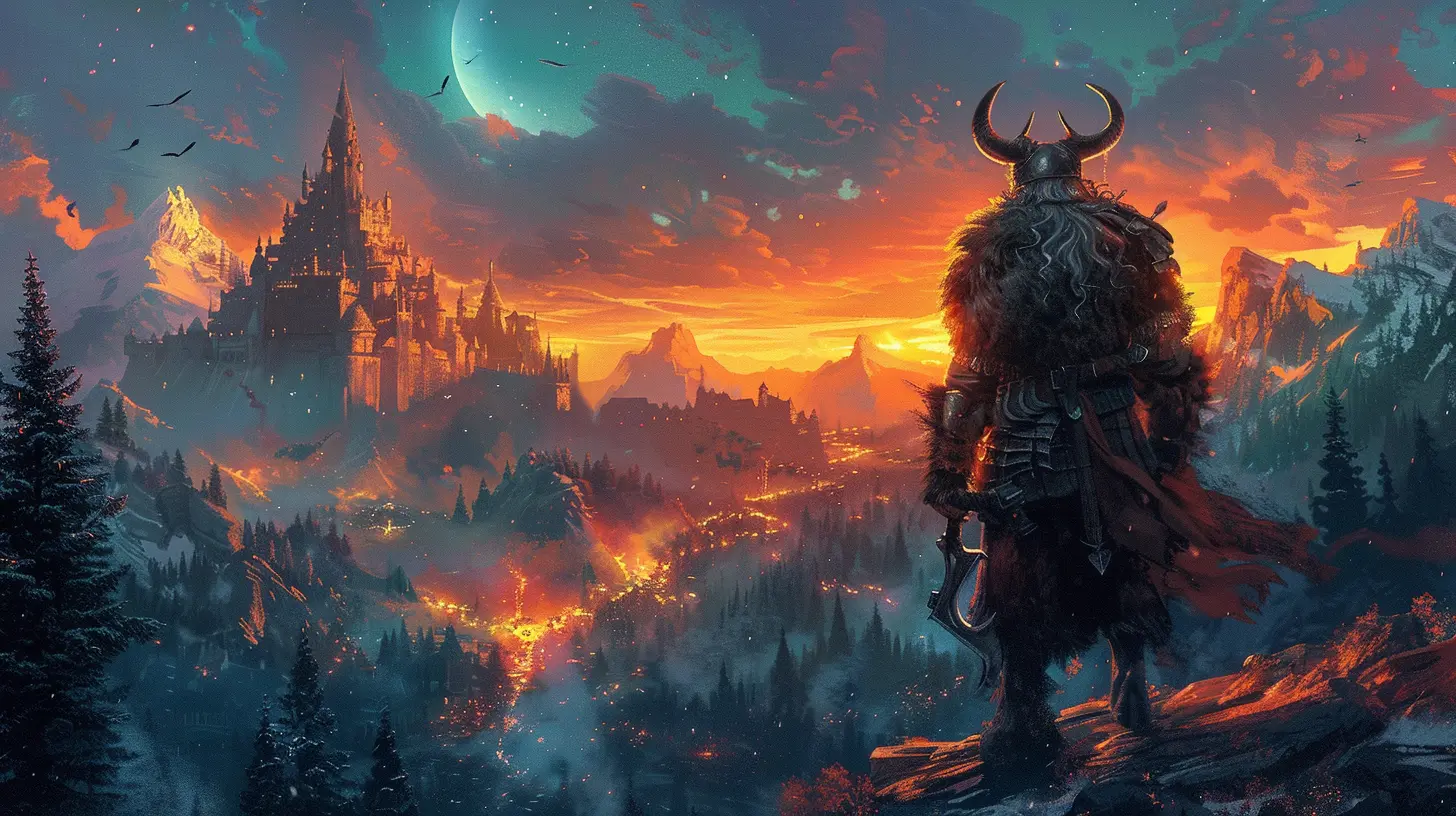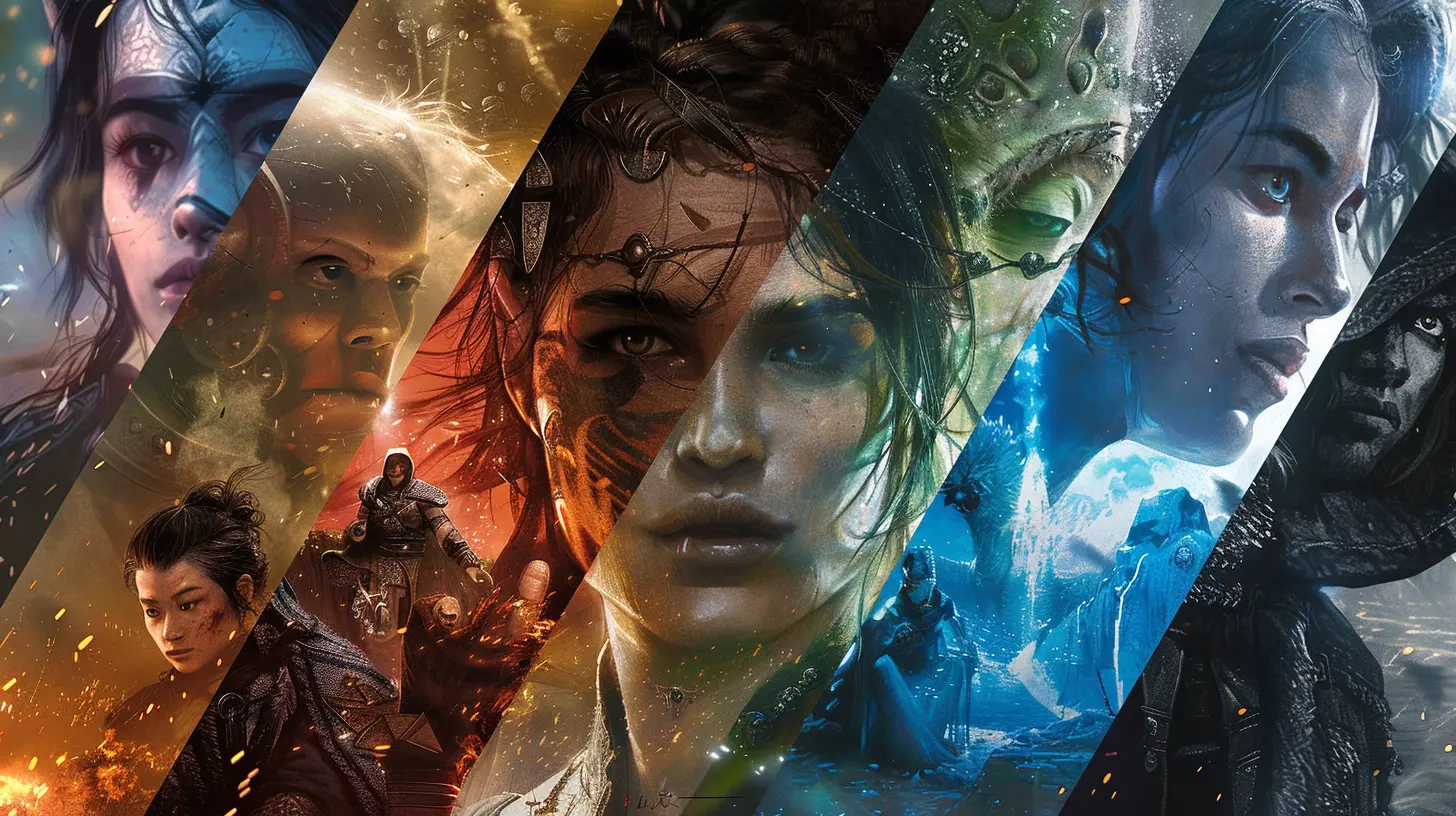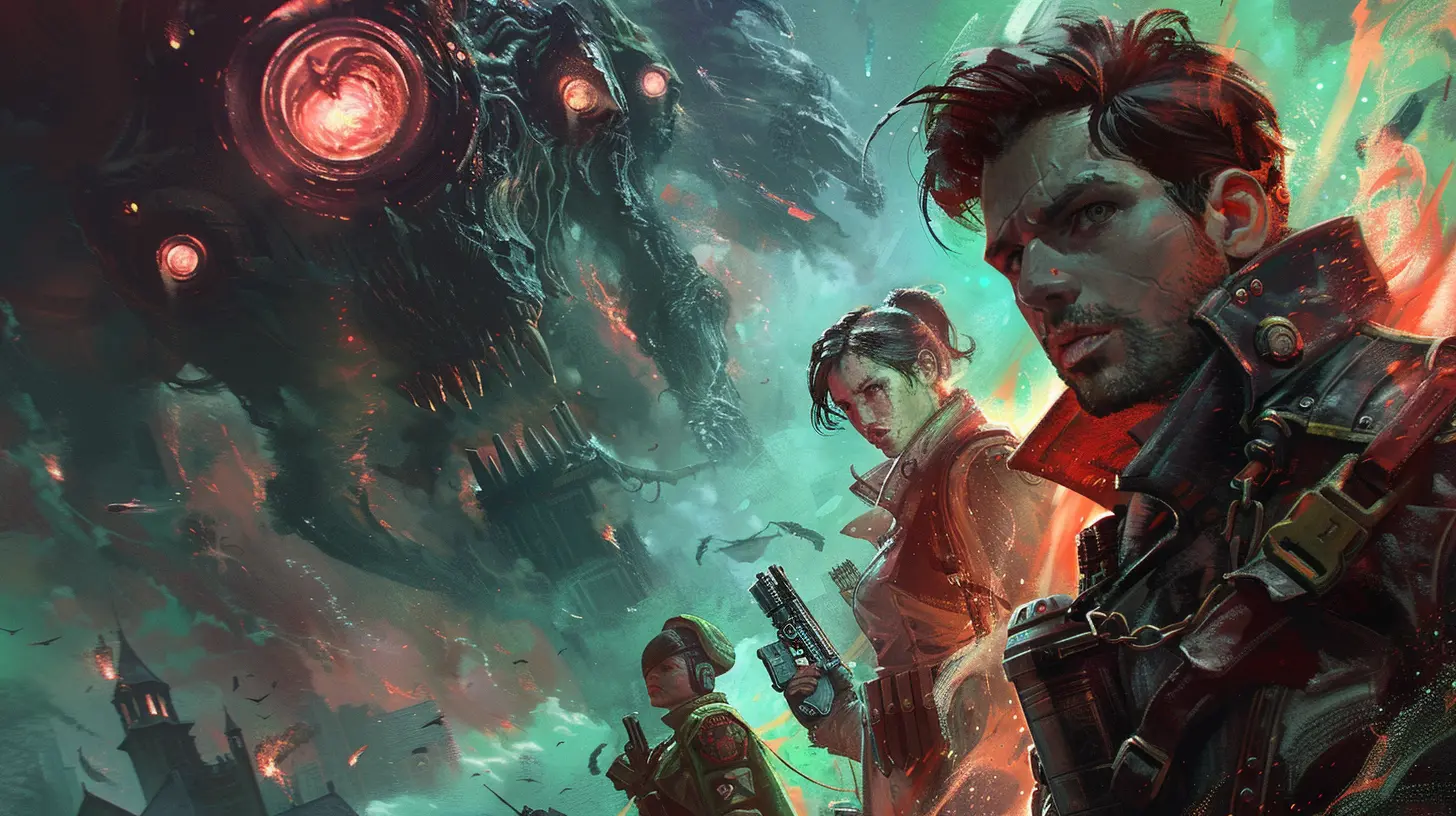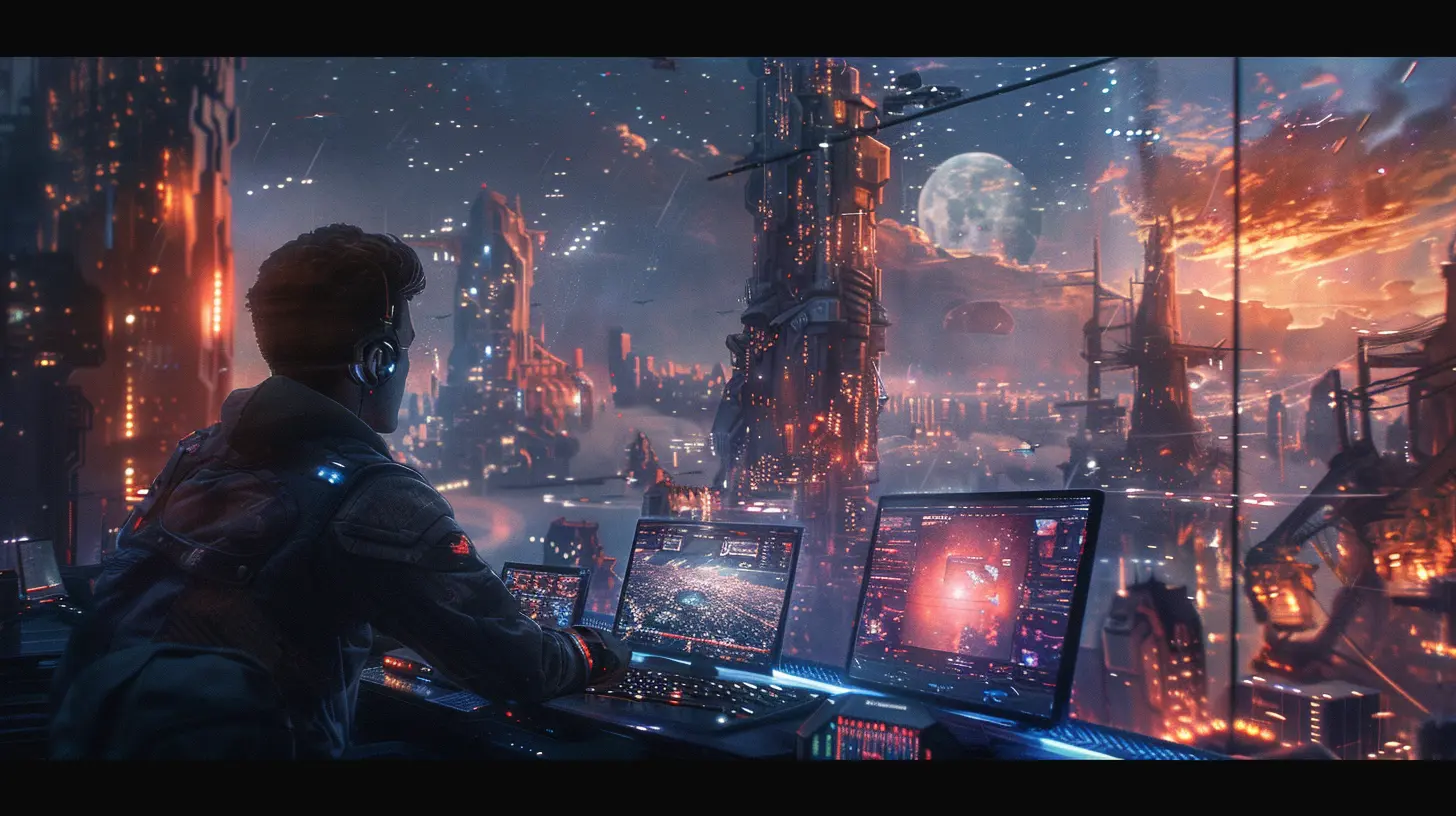The Rise of AAA Game Development Costs and Its Effects on the Market
11 August 2025
When it comes to gaming today, the term “AAA” doesn’t just refer to quality—it also screams “expensive.” The AAA label used to mean a game had a big budget, a big team, and big ambitions. But nowadays? It often means ballooning development costs, sky-high expectations, and enormous risks. And let’s be real here: not all that glitters is gold.
So let’s dive into the nitty-gritty of how AAA game budgets have surged in the past decade, what’s causing this financial frenzy, and how it's shaping the gaming industry—and potentially messing with your favorite hobby.
What Does “AAA” Even Mean Now?
AAA, pronounced “Triple-A,” is supposed to categorize a game that has a hefty budget for both development and marketing. It’s like the Hollywood blockbuster of gaming. Think of titles like Grand Theft Auto V, Red Dead Redemption 2, or The Last of Us Part II. These games didn’t just cost a lot—they also needed to generate huge sales to turn a profit.But here’s the kicker: the line between AAA and other tiers of game development is getting fuzzier. Nowadays, some indie studios create games that rival AAA quality but with a fraction of the budget. So if AAA isn’t just about quality, maybe it’s becoming more about the price tag than anything else.
The Escalating Price Tag of Development
Let’s talk numbers. Back in the early 2000s, a AAA title might’ve cost around $10 to $20 million to develop. That might still seem like a lot, but nothing compared to the budgets today. Fast forward to now, and you're looking at $100 million to even $300 million for a single game. That’s not just a jump—it’s a rocket launch.Take “Cyberpunk 2077” for example. Reports suggest its development and marketing costs combined went north of $300 million. Grand Theft Auto VI? Rumors say its budget could be over $1 billion. That’s not a typo. One. Billion. Dollars.
What’s driving these outrageous costs?
The Biggest Cost Drivers Behind AAA Games
Here are just a few factors pushing the budget beyond the stratosphere:1. Graphical Demands
Gamers want games to look realistic—like photorealistic. That means developers need to hire top-tier artists, buy expensive motion capture equipment, and spend years polishing animations. Rendering every pore on a character’s face isn’t cheap.2. Massive Open Worlds
Players want bigger and more immersive worlds. But with size comes complexity. Think weather systems, AI behaviors, intricate quest lines, and seamless transitions. It’s like building a small country from scratch.3. Voice Acting and Cinematics
It’s no longer enough to slap on some text in a dialogue box. AAA games now hire A-list Hollywood actors to voice characters. Motion capture studios, full-blown orchestral scores, and expensive cutscenes have become the norm.4. Extended Development Timelines
Some games now take 5 to 7 years to develop. And we’re not just talking about a few people working part-time. We’re talking massive teams of 500+ developers, working full-time over several years. That’s a lot of salaries.5. Marketing Blitzkriegs
Developers don’t just make games—they need to make sure the world hears about them. Marketing budgets often match or even exceed development costs. Think Super Bowl ads, influencer sponsorships, and flashy premieres at gaming conventions.
When Bigger Budgets Backfire
You might think more money means better games. But the truth? Not always.When a game costs a fortune to make, publishers get nervous. They’re afraid of taking risks, experimenting, or doing anything too “out there.” That’s why so many AAA games feel like sequels, reboots, or “safe bets.” Studios can't afford for a $200 million gamble to flop.
And when a game does fail after a huge investment? It hits hard. Remember “Anthem”? That game had a massive budget and a ton of hype… and then bombed. That kind of failure can shutter entire studios.
The Rise of Microtransactions and Monetization Strategies
You’ve probably noticed that modern games—especially AAA ones—are packed with microtransactions. Skins, season passes, battle passes, loot boxes… you name it.Why? Because just selling the base game isn’t enough anymore.
Back in the day, you’d toss $60 at a game and get the whole experience. Now? Developers need to keep that revenue stream flowing long after release. It’s not just about recovering costs—it's about making sure profits don’t dry up.
But this shift has its downsides. Players are frustrated, feeling like they’re being nickeled and dimed. It’s changed how we play—and how we pay.
Crunch Culture and the Human Cost
You can’t talk about AAA development without mentioning the toll it takes on developers. Long hours, missed family time, and burnout are all too common.Studios proudly announce their games took "seven years to make"—but behind the scenes, devs often lived at their desks, crunching 80-hour weeks. That’s not sustainable. It's burning out talent and making game dev an unattractive career for many.
And here’s the sad part: despite all that effort, many of these games still launch buggy and unfinished, only to be patched weeks (or months) later.
How It’s Shaping the Gaming Market
Those skyrocketing costs don’t exist in a vacuum. They’re reshaping the entire gaming landscape:1. Fewer Risky Projects
When every game has to be a blockbuster, studios stop taking risks. That means fewer original ideas and more sequels, remakes, and cookie-cutter gameplay.2. Smaller Studios Play It Smart
Indie games are thriving. They’re leaner, more creative, and often more willing to try something new. Hello, “Hades” and “Stardew Valley”!These smaller studios can afford to experiment because they’re not chasing billion-dollar sales. AAA studios? They have too much on the line.
3. Game Prices Might Go Up
We’ve already seen prices jump from $60 to $70. Don't be surprised if they creep higher, especially with inflation and rising dev costs. Gamers might eventually be faced with a tough choice: pay more or get less.4. More Games-as-a-Service (GaaS)
To keep the money rolling in, publishers are leaning into live-service games. Think Fortnite, Apex Legends, Warzone. These games are designed to keep players engaged (and spending) for years.Can the AAA Model Survive?
It’s a fair question. Can this model keep going forever? Logically, there has to be a ceiling. You can’t keep throwing money at games without guaranteed returns.The industry is at a tipping point. Either AAA studios find ways to curb costs, or they risk pricing themselves out of their own market. And if a few more mega-budget titles flop, don’t be shocked to see publishers pivot hard—or collapse entirely.
What This Means for You, the Gamer
If you love big-budget games, this trend is a double-edged sword. On one hand, we’re getting some of the most visually stunning, narratively deep, and immersive games ever made. On the other hand? We’re dealing with higher prices, aggressive monetization, and fewer original ideas.So what can we do?
Support the studios doing it right. Buy games that respect your time and money. And maybe give that weird little indie game a shot—you might just find your next favorite title.
Final Thoughts
The rise of AAA game development costs is a story of ambition, risk, and unintended consequences. While we all love a good blockbuster release, it's clear that the current model isn't sustainable forever. The industry's obsession with bigger, better, and more expensive might eventually be its downfall.But here’s the silver lining: change often brings innovation. As cracks form in the AAA model, new ideas, studios, and approaches are emerging. And in the end, that might just be the reset the industry needs.
all images in this post were generated using AI tools
Category:
Gaming IndustryAuthor:

Audrey McGhee
Discussion
rate this article
2 comments
Lindsey Rosales
Great article! It’s fascinating to see how rising AAA game costs reshape the industry. I wonder how indie developers will adapt to this shift. Excited to see what the future holds for gaming!
November 3, 2025 at 5:14 PM

Audrey McGhee
Thank you! It's definitely an intriguing time for the industry. Indie developers will likely innovate and find new ways to compete and thrive amid these changes. Exciting times ahead!
Kassidy McGrath
In the realm of pixels and dreams, Where budgets soar like endless streams, AAA titans reshape the game, A costly dance, a shifting flame. As wonder fades beneath the weight, The market shifts; we contemplate. What’s lost in gold, what’s gained in fate?
August 23, 2025 at 3:21 AM

Audrey McGhee
Thank you for your poetic insight! You've captured the essence of how rising development costs influence creativity and market dynamics in the AAA gaming landscape.


